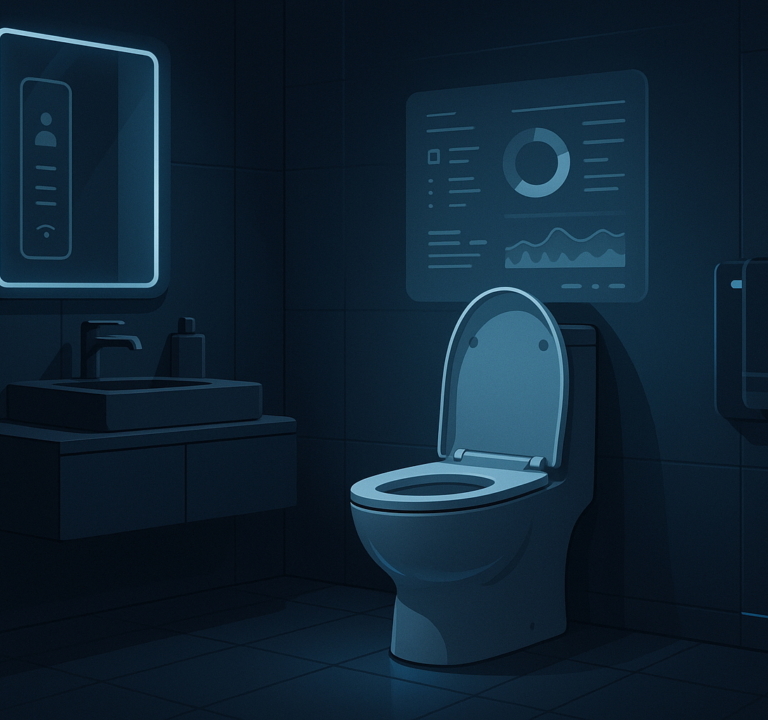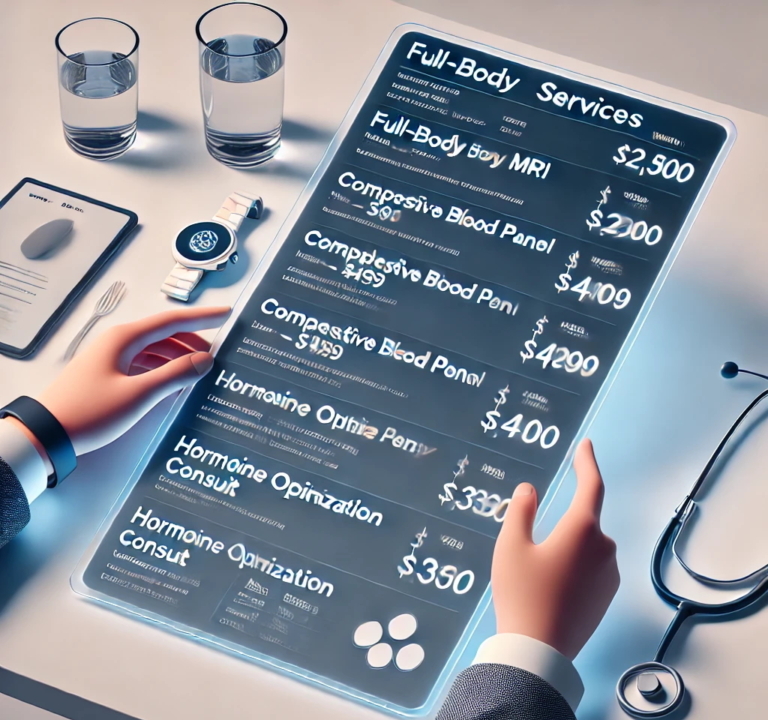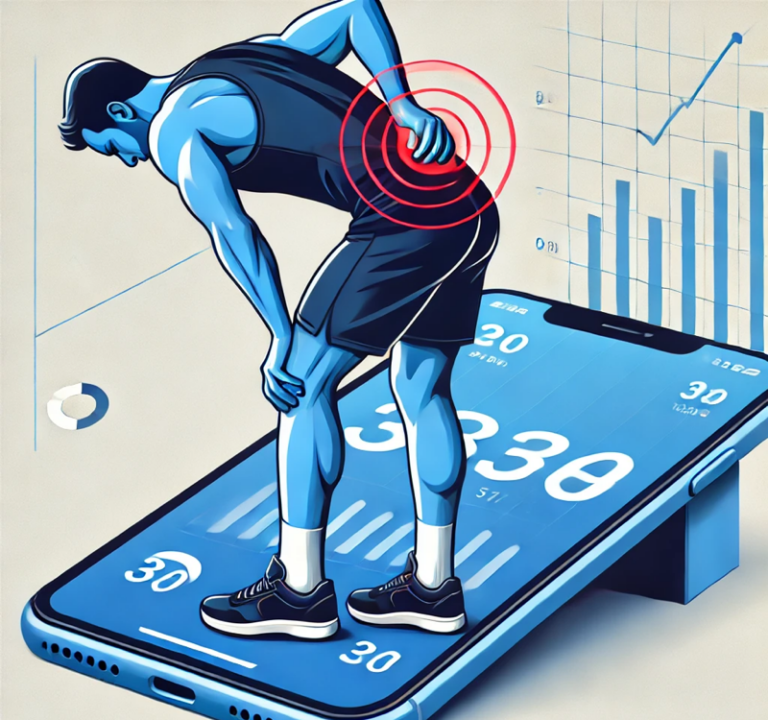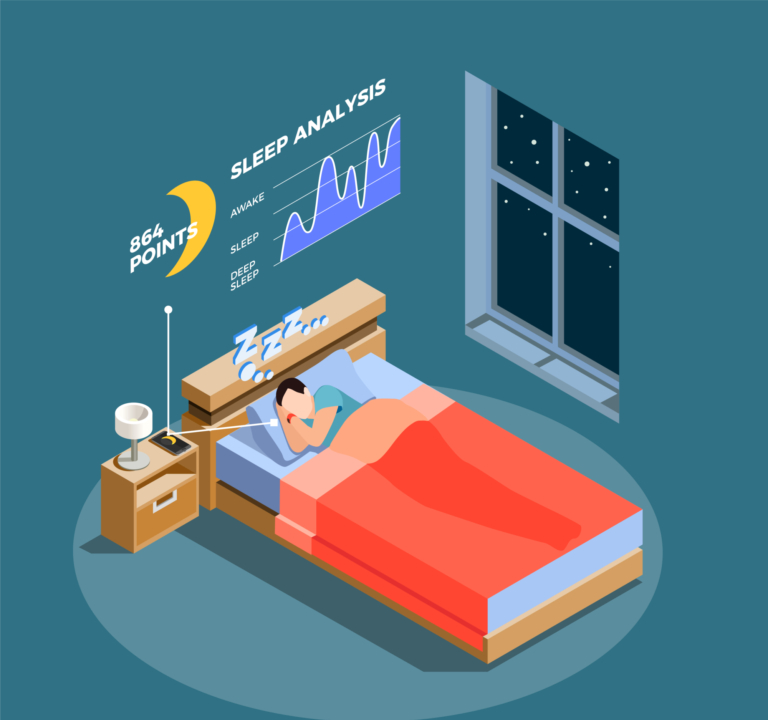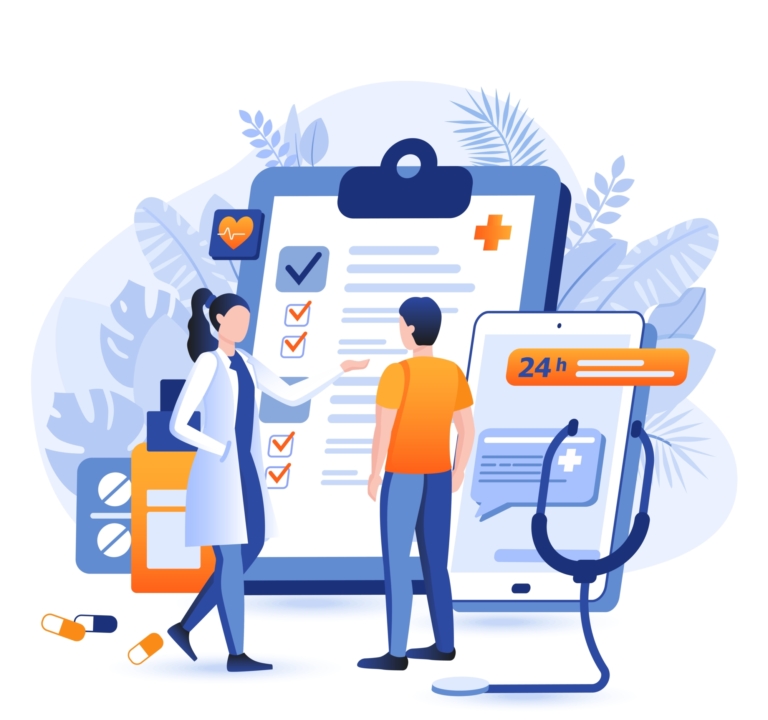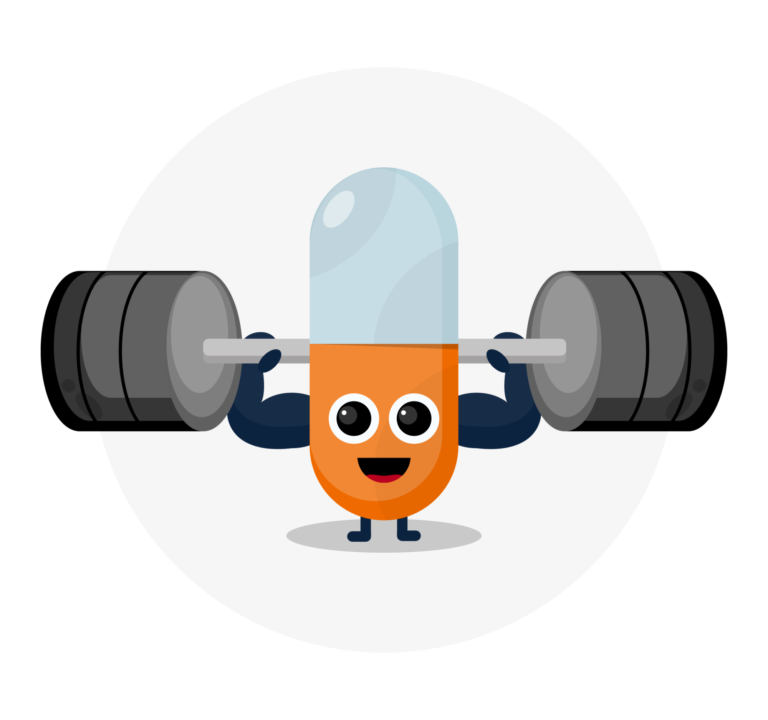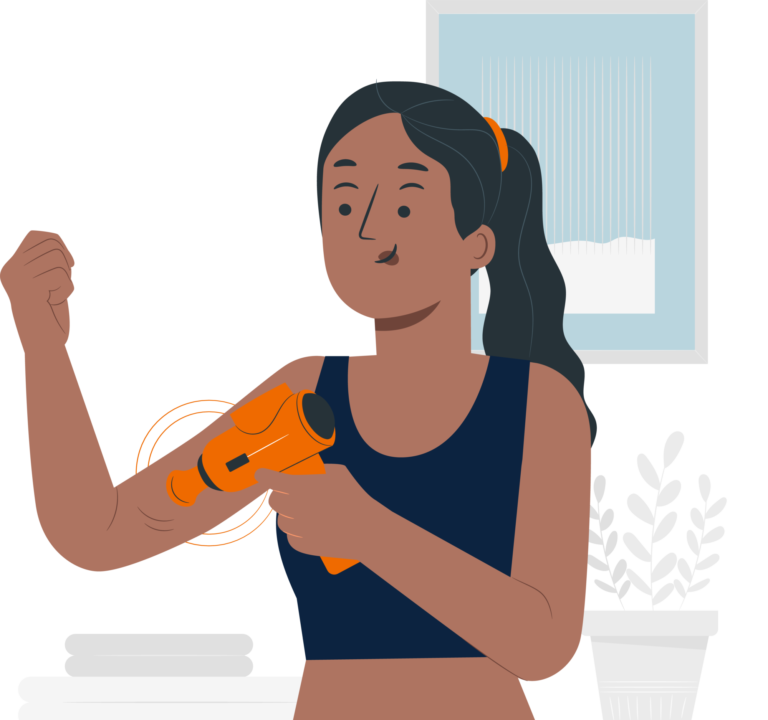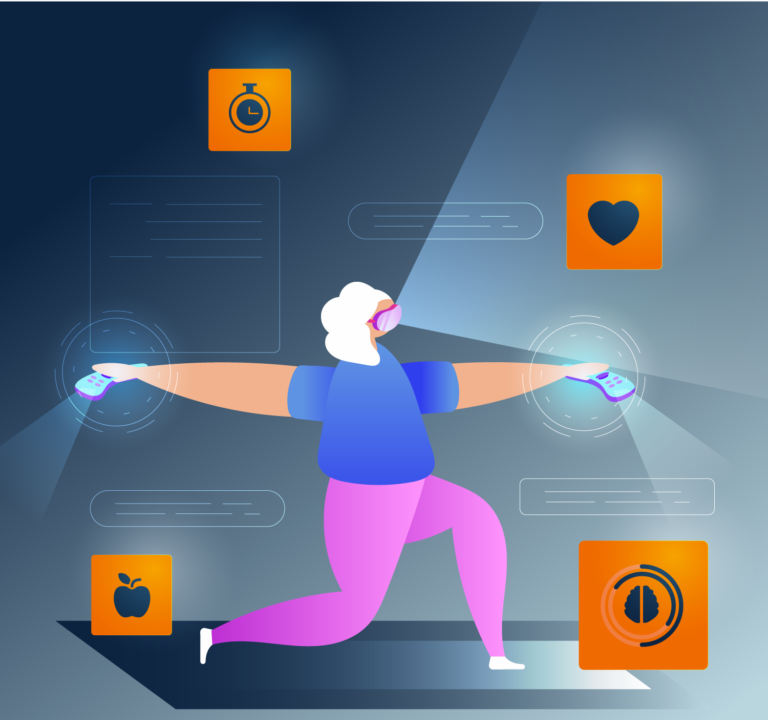POV 7 - A dive into mitochondrial health

MITOCHONDRIA?
Borrowing their name from the Greek granule and thread, mitochondria are small cellular organelles often described as the cellular powerhouses for their pivotal role in producing the cellular energy currency - ATP. Mitochondria are found in all body cells and high-energy demanding organs such as the heart, muscles and brain can contain over 2,500 mitochondria per cell.
To produce energy, the mitochondrial machinery will take either sugars (glucose) or fats through a multi-step process and, in doing so, yield ATP molecules at each step. However, the mitochondrial exchange rate is not equal for all substrates. Indeed, fat molecules are worth more ATPs than glucose but will take longer and require a larger energy trade-in to be produced - enhance the preference for sugars as a rapid energy source while exercising.
The efficiency of this process is dependent on sufficient oxygen supplies, otherwise reducing ATP production to a minimum and instead producing lactic acid, which links mitochondria to exercise capacity - read lactate thresholds.
ATPs will also be produced alongside reactive oxygen species that can have detrimental effects if produced and accumulated in excess or if antioxidant defenses are lacking (more on that later).
Mitochondria also play a key role in regulating cellular aging and death in a process called apoptosis.
MITOCHONDRIAL HEALTH
All these properties make mitochondria a fundamental component of fitness and longevity.
Mitochondrial functions decline with age and normally start doing so by the 30-40s following a 10% per decade rate as most other bodily functions. Declining mitochondrial fitness can affect energy levels & concentration, glucose & weight management, hormone levels, mood, exercise performance & recovery, and skin elasticity.
Overt mitochondrial dysfunction are established in cardiometabolic conditions such as Diabetes and obesity, cancers, neurodegenerative diseases, fatigue and premature (skin) aging.
Most of these conditions arise following a combination of a lack in cellular energy, glucose and fat overflow, and a leak of free radicals damaging vital cell components and DNA.
MiTochondrial testing
While the gold standard for diagnosing mitochondrial conditions is biopsy testing, Mitoswab has developed a simple test using a buccal smear that provides details on both the quantity of mitochondria and its machinery - the respiratory chain complexes, which provides an estimate of mitochondrial efficiency. Your functional medicine doctor can order the Mitoswab test if you are concerned about your mitochondrial health.
Other alternatives such as Lumen - which analyses ketones in breath - can evaluate metabolic flexibility and be used a valid proxy for mitochondrial health.
So, the next question that would normally come to mind is:
How can one improve mitochondria number & function and promote mitochondrial health ?
The first answer to the question - and one that applies almost universally as regards health and longevity - is by engaging in physical activity and consuming a healthy whole food diet.
While the former will increase mitochondria counts, promote their functions & antioxidant defenses and build muscle - regardless of whether it is aerobic endurance, high-intensity or weight lifting - and the latter will inevitably increase antioxidant levels, lower processed sugars and excess calories.
tech for mitochondrial fitness
The aforementioned solutions are effective ways to promote mitochondrial fitness but require some degree of commitment. The following technologies are equally attractive as they also have multipurpose and can be easily integrated to lifestyle habits.
Red Light therapy
Red and near infrared light emitted from light panels or portable lighting devices stimulate the mitochondrial enzymes involve in energy producing machinery. In addition to directly improving mitochondrial function, other cited benefits of this technology include improved muscle recovery, skin health and appearance, anti-aging, wound healing and sleep.
Dedicated sessions of red light can be integrated to daily habits, but can also be efficiently combined to breathwork, yoga, meditation or while exercising, weight training or Pilates.
While other types of light can also have similar theoretical impact, only light within red and near infrared wavelengths (620-680nm and 800-880nm, respectively) elicit proven mitochondrial benefits and have adequate depth of penetration.
Notable players in the field are Infraredi, Kala therapy, and Mitoredlight, that all offer similarly capable light panels of various dimensions and uses.
Cold therapy
Inspired by the traditional polar plunges in near-freezing Nordic waters, cold water immersion (and even more drastic cryotherapy) are making waves in the wellness industry. The discovery of the biological proofs of their perceived benefits has promoted the use of cold therapy in sport teams and their recent trickle-down to consumer recovery and wellness tech.
The reported benefits of partial or full body exposure to temperatures below 15 degrees Celsius range from mitochondrial generation (biogenesis), improved mitochondrial & cellular metabolism (both of sugars and lipids), stimulation of energy consuming & thermoregulating brown fat, increased blood flow, reduced inflammation, release of adrenaline & dopamine - motivation and reward driver, and increased mental resilience.
Easy and affordable ways to achieve cold water therapy at-home is to either end showers with 30 to 90 seconds of cold water or by plunging into an ice bath, but these options either do not cover the entire body nor are practical. Alternatives are whirlpool-like bath designed to maintain water at desired cold temperatures - namely Coldture, Ice barrel, and Plunge
Traditionally reserved for spas, cold water tubs are making their way into gyms but require some degree of motivation and will to plunge into freezing water. Following suit, wellness boutiques with relaxing and mindful environments are starting appearing and offer group sessions in which coaches will walk participants through mental and physical preparation to create a sense of community and facilitate complete immersion of one's body and soul into a cult-like experience.
Such franchises as Othership, Restore hyper wellness, Remedy place, and SweatHouz are blossoming and thriving in major North-American cities.
- Heat therapy
Mild-heat stimulation of muscles increases the number and function of mitochondria without exercise - on top of other demonstrated cardiovascular and metabolic benefits. Saunas, hot baths, and heating pads are all effective ways to provide heat stimulation and thus improve mitochondrial health.
Mitochondria bioactives
Healthy eating foods rich in antioxidants can contribute to improving mitochondrial health, but mitochondria-specific bioactives isolated in larger doses claim to further boost their function (primarily their antioxidant properties).
Options are fast appearing on the market with example from the proprietary antioxidant CoQ10-like enzyme trademarked as MitoQ or the recently discovered berry polyphenol by-product Urolithin A and now isolated in Mitopure capsules. Mitopure also claims to regulate the removal of damaged mitochondria - or mitophagy.
Anti-aging NMN and NAD blends are also potentially effective means to elevate mitochondrial functions so as other antioxidant blends found in Cymbiotika, Elevant, Halo, MitoVitE, Perpetua, and Renue.
A look ahead
It should now be clear that mitochondrial health has benefits in many systems, sprawling all 3 pillars of - metabolic, physical and mental - health. As was true for metabolic health, tech that contribute to mitochondrial health fully align with LangLeven's investment themes and nicely complement its wellness and healthspan promoting purposes.
We believe that the time is right for mitochondrial health to take a more central role in fitness and wellness and for technological aids - MitoTech - to take advantage of the perfect alignment between biotechnological advancements and the popular pursuit of wellness.
Testament to that is the recent success of wellness boutiques offering a complete body, mind and soul experience as people are seeking a different kind of third space from traditional gyms.
We believe that wellness-recovery boutique cult will continue gaining new followers and to be the primary market for MitoTech in the near future, as red light and cold therapies will remain relatively pricey - most devices costing upwards of $1,000. MitoTech will soon become must-haves as boutiques flourish and as mitochondrial health becomes a trending topic. More accessible consumer device options will become available, virtual support & coaching platforms will be introduced and, as criteria for mass-adoption will be met, DTC market will expand.
As awareness grows, users will desire ways to monitor their own mitochondrial health, so non-invasive at-home tests providing details on the quantity of their mitochondria and their efficiency will be required. These tests should be accessible and easy to use repeatably, so individuals can retest once having implemented steps to improve mitochondrial health (eg exercise, diet, red light therapy, etc) and see results of steps taken. We anticipate at-home tests for mitochondrial health will be a market opportunity.
And it's only when all these elements will be combined that the MItoTech market will be ripe to take a large share of the multibillion wellness market.
STAY TUNED
We are not slowing down during the summer months as we are preparing more topics to keep you informed every other Thursday mornings.
Langleven!

